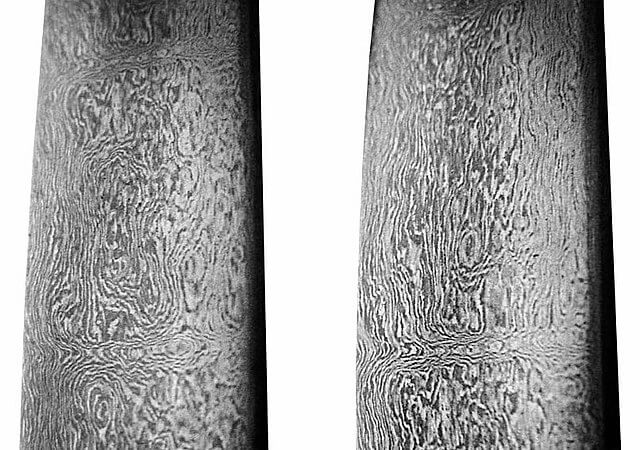Table of Contents
Introduction of Ukku steel:
The development of civilizations has frequently been linked to the knowledge of metallurgy. The development of Ukku, also known as Wootz steel, is one of the most outstanding metallurgical feats that originated from ancient India. This remarkable material, which was created centuries ago, had a lasting impact on the advancement of technology, trade, and armament.
Origin of Ukku steel:
With roots in places like today’s Karnataka and Tamil Nadu, Wootz steel has a long and illustrious history that dates back to the Indian subcontinent. Due to the lack of historical records, it is difficult to pinpoint the exact year of its creation, however it may have been created as early as the sixth century CE. Wootz steel was distinguished by its outstanding qualities, including strength, sharpness, and a unique design known as the “Damascus pattern.”
Process of making Ukku Steel:
Ukku or Wootz steel was produced through a complex process that involves melting iron with a particular mixture of additives, such as wood, leaves, and special minerals. High temperatures were applied to this mixture before it was gradually cooled. The formation of the distinctive pattern in the steel, with alternating bands of light and dark regions, required a carefully regulated cooling procedure. The capacity of Wootz steel to achieve a renowned sharpness and incredible toughness was one of its most amazing characteristics. Due to this, it became the preferred steel for making swords and other types of weapons. Wootz steel was renowned for producing razor-sharp edges and swords with the capacity to maintain an edge, making them highly prized by both nobility and soldiers.
Global Recognition:
Wootz steel gained widespread recognition even outside of the Indian subcontinent. Indian swords were first introduced to Europe and the Middle East by traders and adventurers like Marco Polo, who were astounded by their high craftsmanship and brought them back to their native countries. The need for these improved weaponry fueled the expansion of trade networks that linked the East and the West.
Even though Wootz steel manufacturing declined over the decades, its legacy continues. Its importance in influencing historical events is demonstrated by its impact on metallurgy, armament, and the establishment of trade routes. Additionally, the knowledge and methods used to create Wootz steel have encouraged contemporary metallurgists to keep investigating novel materials and production methods.
The Wootz steel narrative serves as a reminder that innovation and the quest of greatness have no borders, crossing over time and cultural boundaries. Ukku steel’s artistry and beauty serve as a reminder of the power of ancient Indian creativity to change the course of history.
